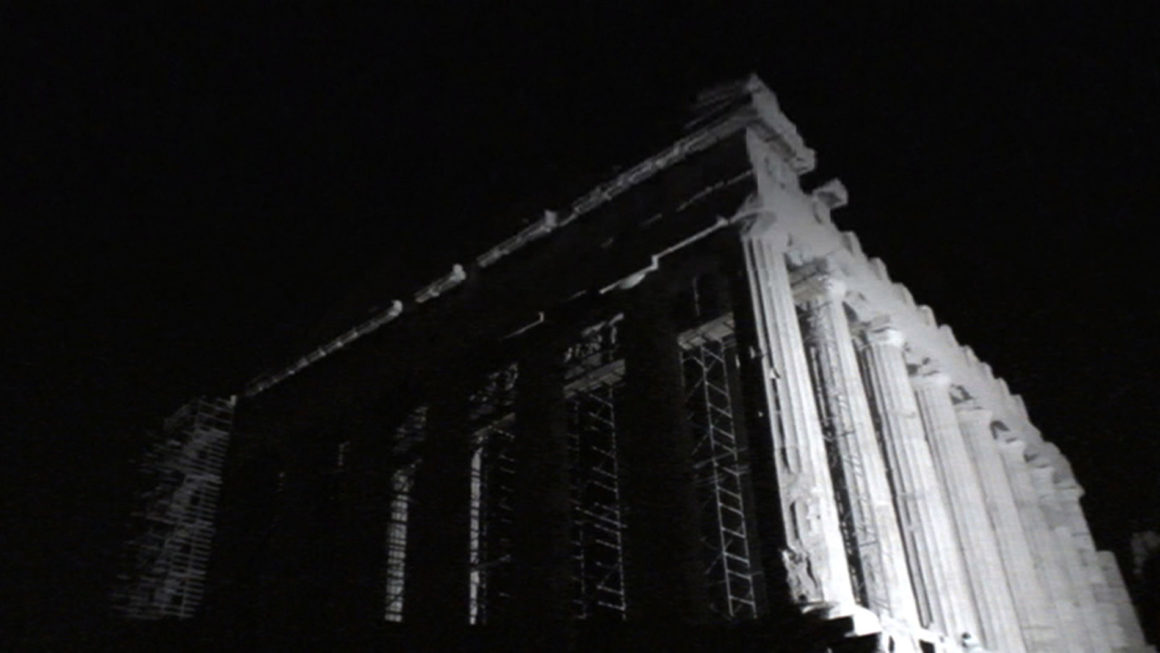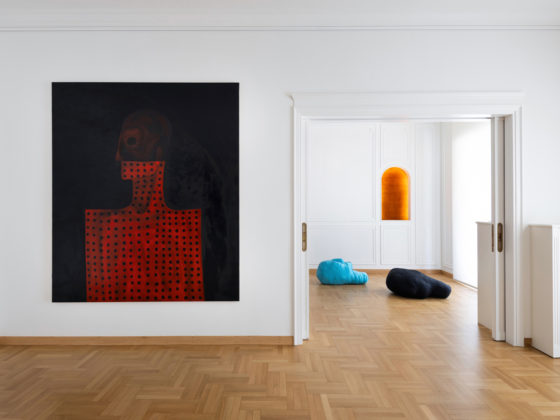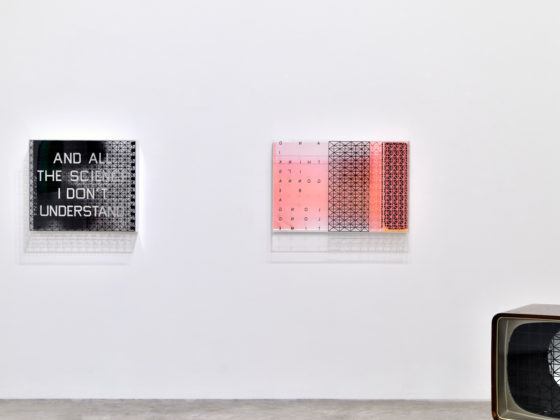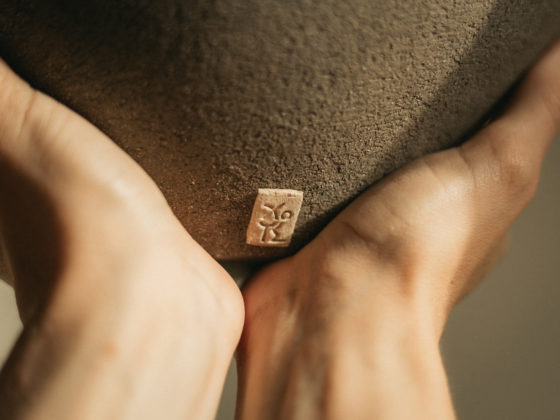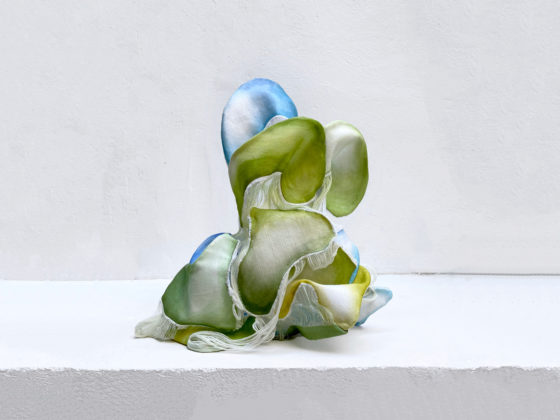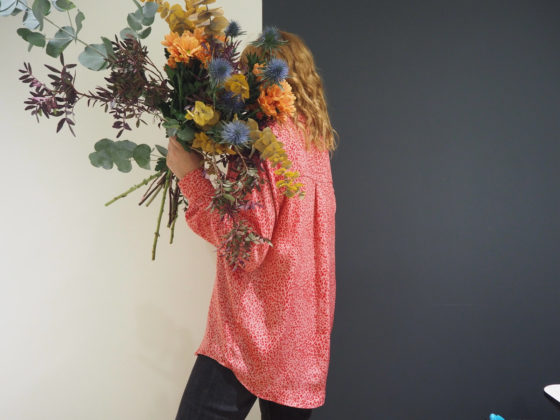“Two centuries ago, the English poet Percy Bysshe Shelley claimed, on the eve of the Greek Revolution: “We are all Greeks. Our laws, our literature, our religion, our arts, have their root in Greece.” In the last few years, however, the international climate has been very different. At the height of the economic crisis, European politicians and media suggested that Greece should, perhaps, sell some of its most famous islands, or even, the Parthenon in order to pay back its debts; thus, making obvious that the depth and the nature of the economic crisis have come to question – even just nominally – fundamental elements of the Western world’s cultural identity.
However, the specter of a whole country’s bankruptcy was not my main preoccupation when I first conceived Parthenon Rising. The work functions as a visual “crescendo,” that moves from total darkness and “perplexity” to total light and “clarity.” The original footage, edited in the video, was filmed on the only day of the year that the Acropolis is open to the public at night.
Thousands of locals (Greeks) and tourists climb the ancient hill on this occasion in order to capture the relics’ images with their cameras. As all lights are off, all monuments, including the Parthenon, can be clearly seen only when the flashlights of the cameras momentarily illuminate them.
It is a spectacle that illuminates an aspect of the monument significantly different from that of a familiar icon. Interestingly, at the same time, it is a spectacle that also reveals a lot about all those diverse crowds from around the world that stand in front of the ancient temple, trying to capture its image and, perhaps along with it, part of its myth.
Yet, under the current circumstances, can this myth remain the product of a “deep” and “real” symbol? Can the Parthenon be something more than merely a “surface” waiting to be photographed and “sold”? Can it avoid the danger of becoming the architectural equivalent of a Hollywood star standing on the “red carpet”? The contradictory nature of the video’s images, which are at once beautiful and violent, seems to epitomize the contradictions experienced in the psyche of a whole country and, perhaps, the contradictions characterizing a whole social paradigm.”
Bill Balaskas, April 2014
With this work, Bill Balaskas represented the UK in the London 2012 Cultural Olympiad (WEYA) and in Maribor, the European Capital of Culture.
